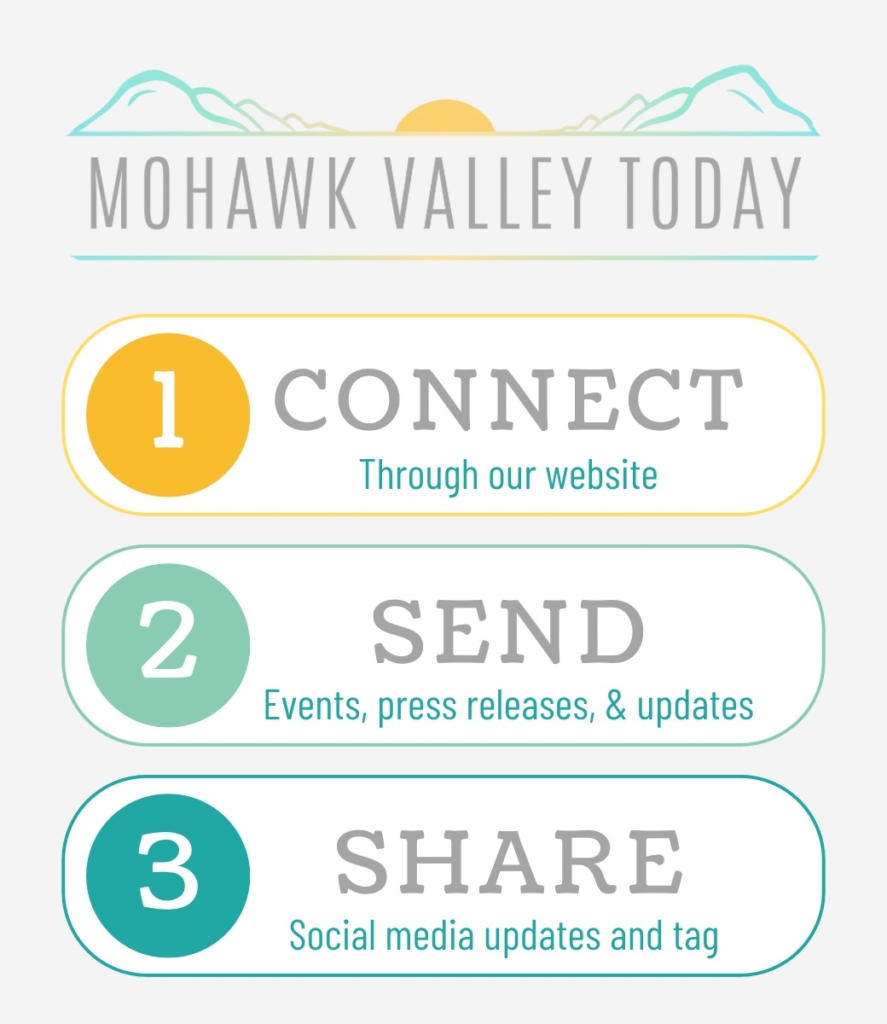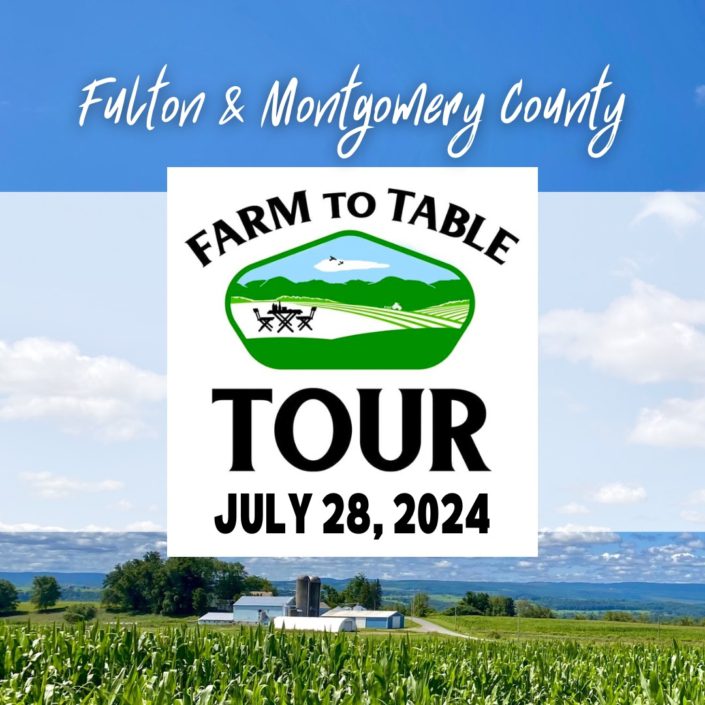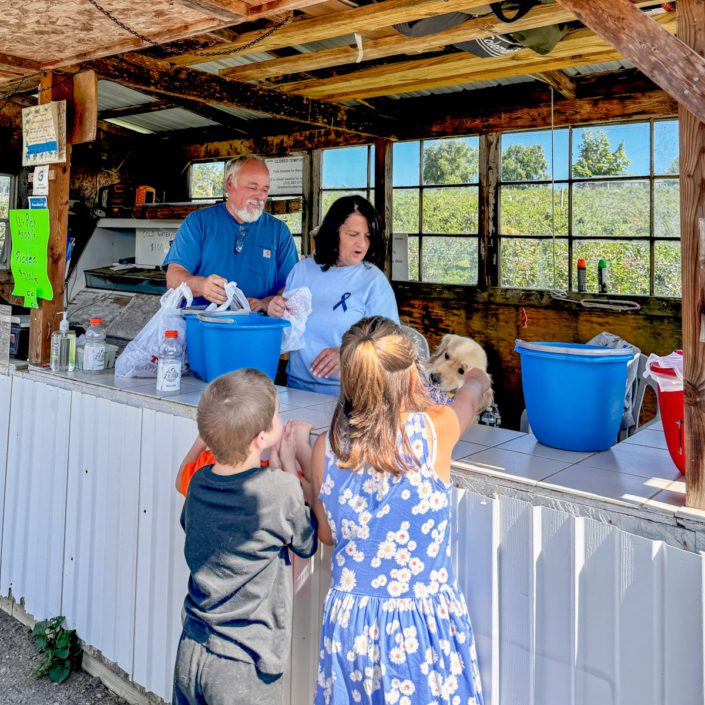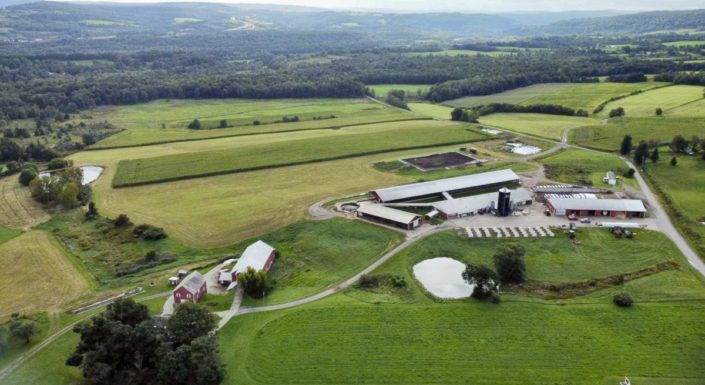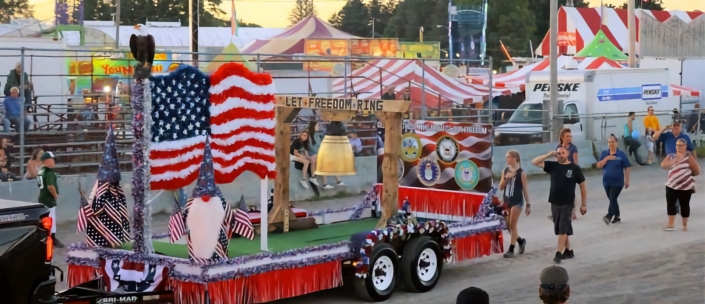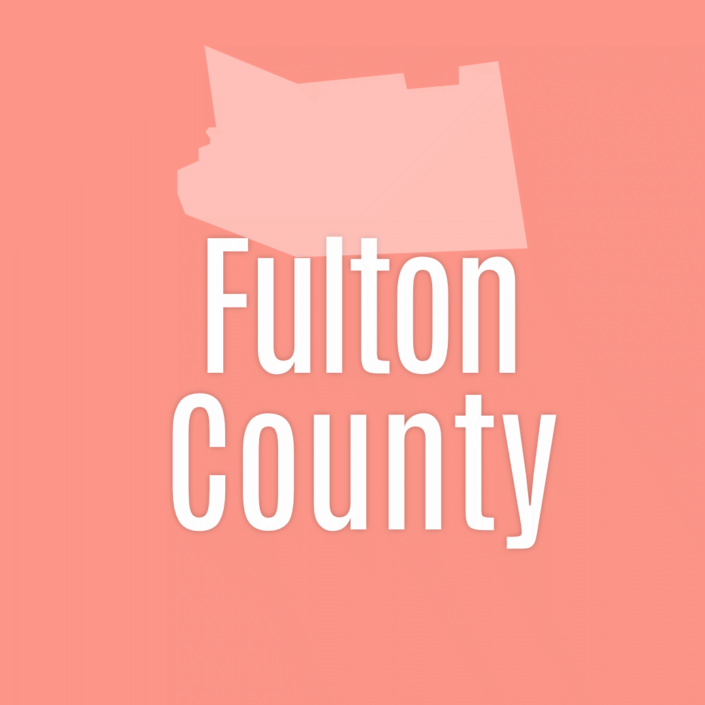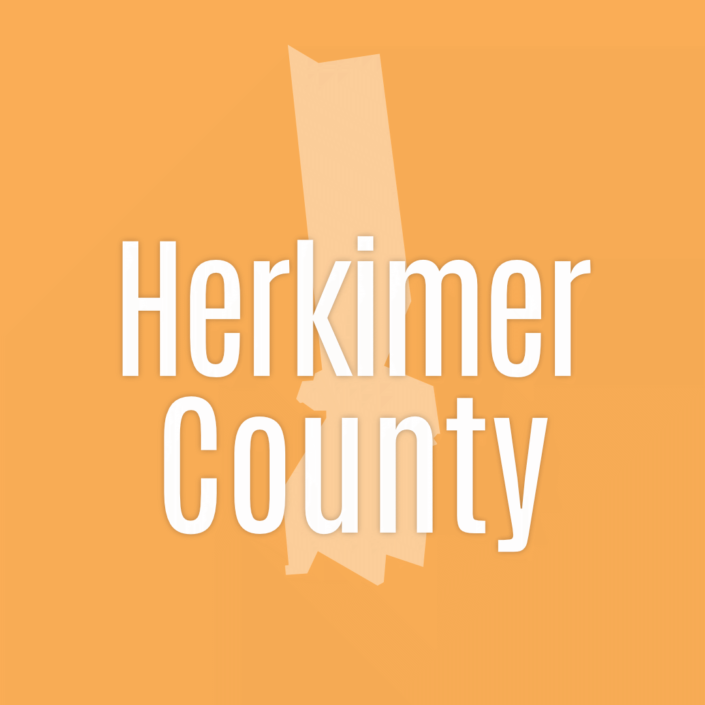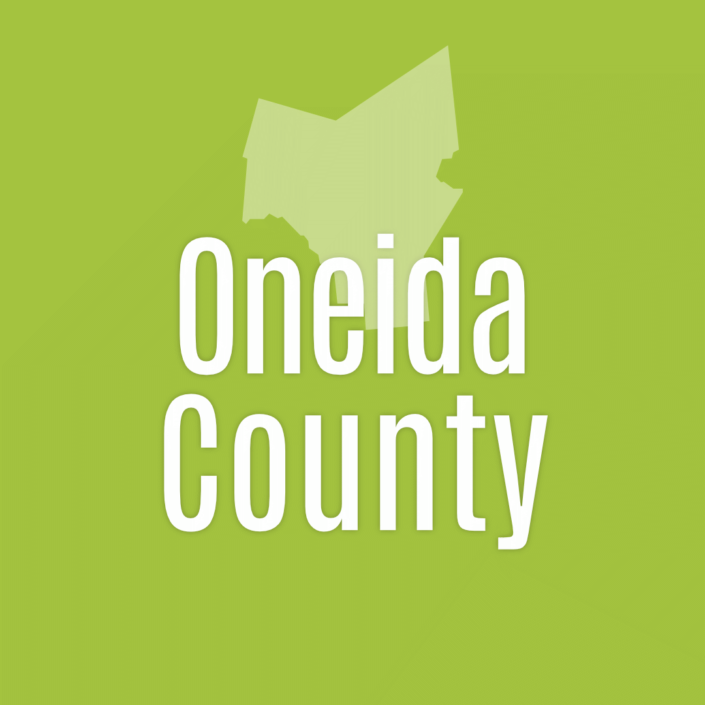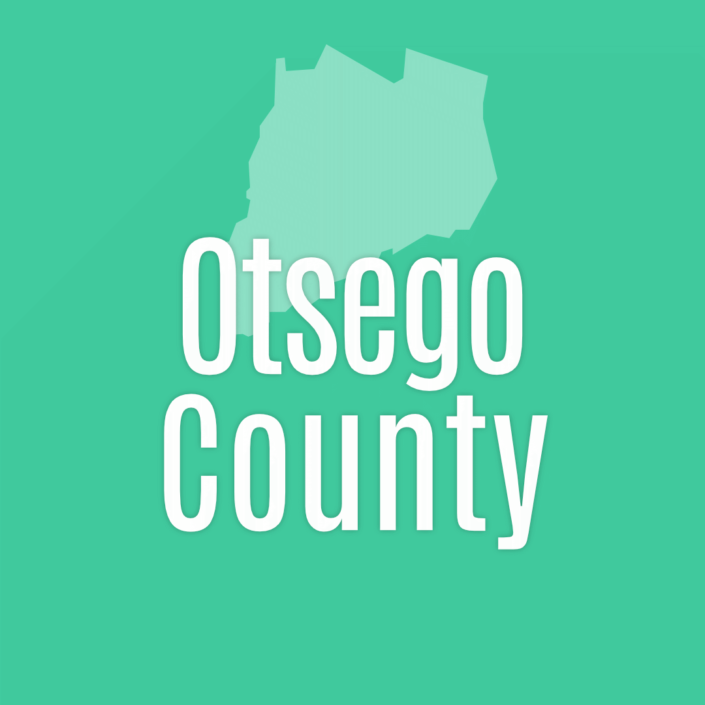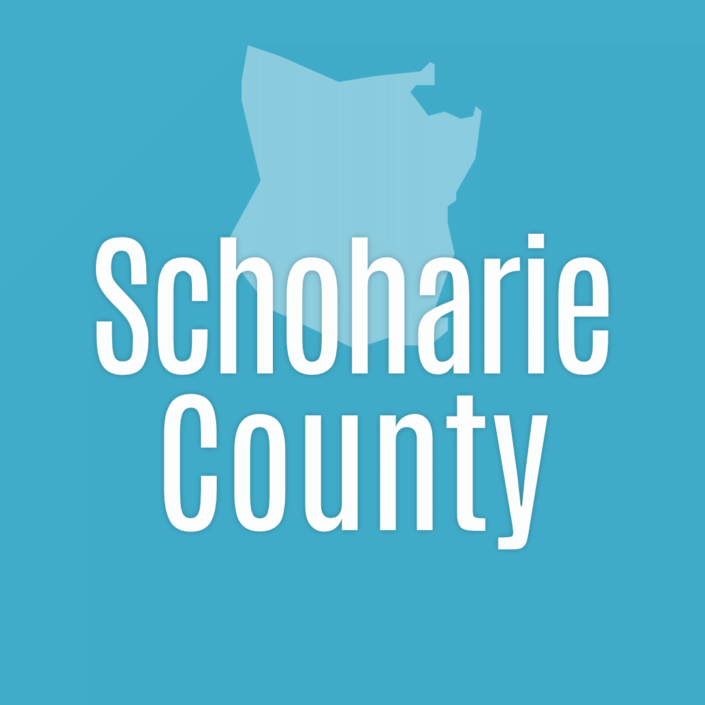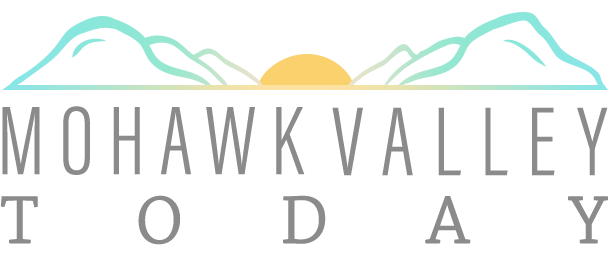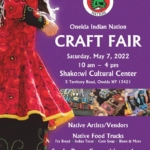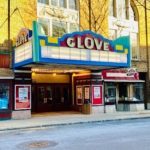Jim with his new Veil Hat with Pullover Jacket, Hive Top, Inner Cover, 2-medium and 2-deep boxes with frames, bottom boards, feeders and hive tools.
Our first steps in beekeeping
This will be our first beekeeping season! We really enjoy living in the Mohawk Valley and we continue to discover opportunities to learn, grow and experience new things.
How we settled on bee-coming Newbee beekeepers 🐝
We’ve been living on the old homestead in the Mohawk Valley for about 5-years. Our reason for moving here was to be close to family. Buying land and starting a homestead wasn’t something we had ever thought about. We just happened into it. (More on that story another time).
But once we were here on our 57 acres over looking the the Mohawk Valley, we began to explore. Getting outside and walking the land re-introduced us to our love of nature. We walked the trails, listened to the birds, learned about the different trees and plants, and watched the deer and other animals as they shared this homestead with us. We learned about the history of this property, an old homestead that was a productive farm since 1725, and its historic place in the initial growth and expansion of this country. We fell in love with this place – and knew we wanted to make this land productive once again.
Why Bees?

The book most recommended book for newbie beekeepers is “Beekeeping for Dummies,” by Howland Blackiston
How were two non-farmers, with no experience, going to make the homestead productive once again? We needed to begin with something that we could learn about, but also get started while learning the necessary skills. That’s why beekeeping is one of our first steps. 🐝
There seemed to be a distinct lack of bees around.
Last year we made small steps at gardening. We noticed few pollinators flying about, but the yield from our garden was disappointing. We felt there could have been more produced because our plants were large and had plenty of flowers. We were not sure if it was due to our inexperience, or a lack of pollinators. We decided to give beekeeping a try to see if this might help not only our garden, but also any neighbors’ gardens as well, and perhaps help preserve the local bee population in the Mohawk Valley. An added benefit, we believed, was that at some point, we could harvest some homegrown local honey and beeswax!
How to begin
As we mentioned in a previous post, “Looking Ahead to Spring”, we connected with Hives for Heroes and have been matched up to a Master Beekeeper to Bee our Mentor. And we also have been working through an online Basic Beekeeping Course through the Small Farms Program at Cornell University.
First Beekeeping Season – Reality sets in when we order hives, equipment and bees.
We really are bee-coming new beekeepers! Consulting with my mentor, he talked me through what I would need and why. When we were finished, I had a long shopping list of items to purchase. I cannot stress enough how incredibly helpful working with a bee mentor is in getting started. Working through the online beekeeping course is giving us confidence. We realize we know just enough to know how much we really don’t know. It is a bit overwhelming to decipher the basic items needed to get started, and which type of each item to order without breaking the bank. Many thanks again to Hives for Heroes for connecting us with a mentor!
It was important to gather everything and get it all ready before the bees arrive. We chose to get our equipment locally. Betterbee (https://www.betterbee.com) is close to the Mohawk Valley located just outside Saratoga Springs.
Once the bees arrive we’ll share a video of our first steps so you can enjoy the journey with us.


